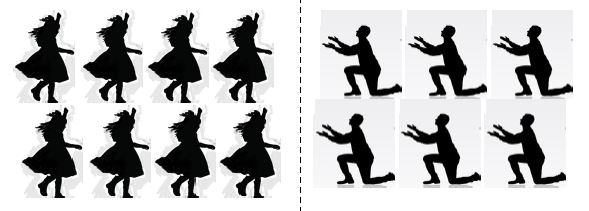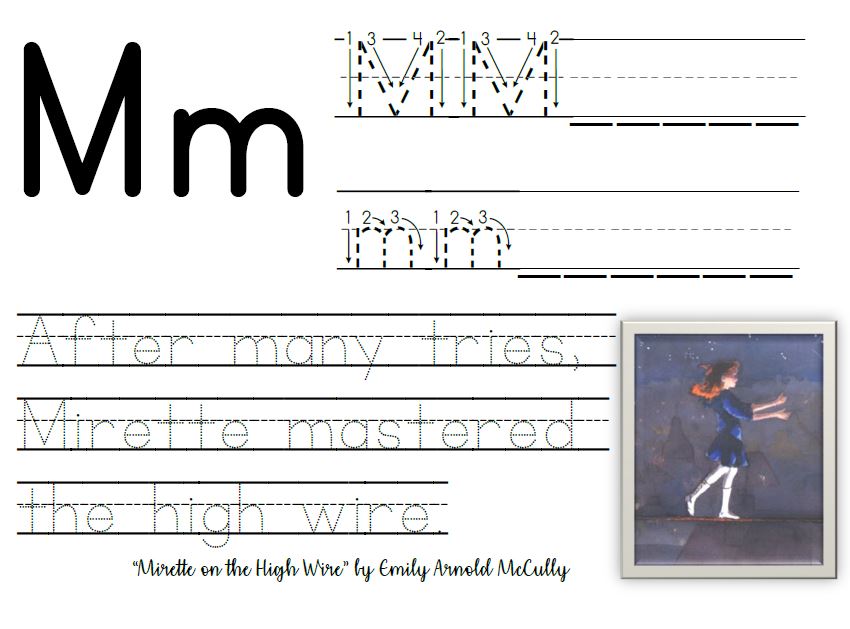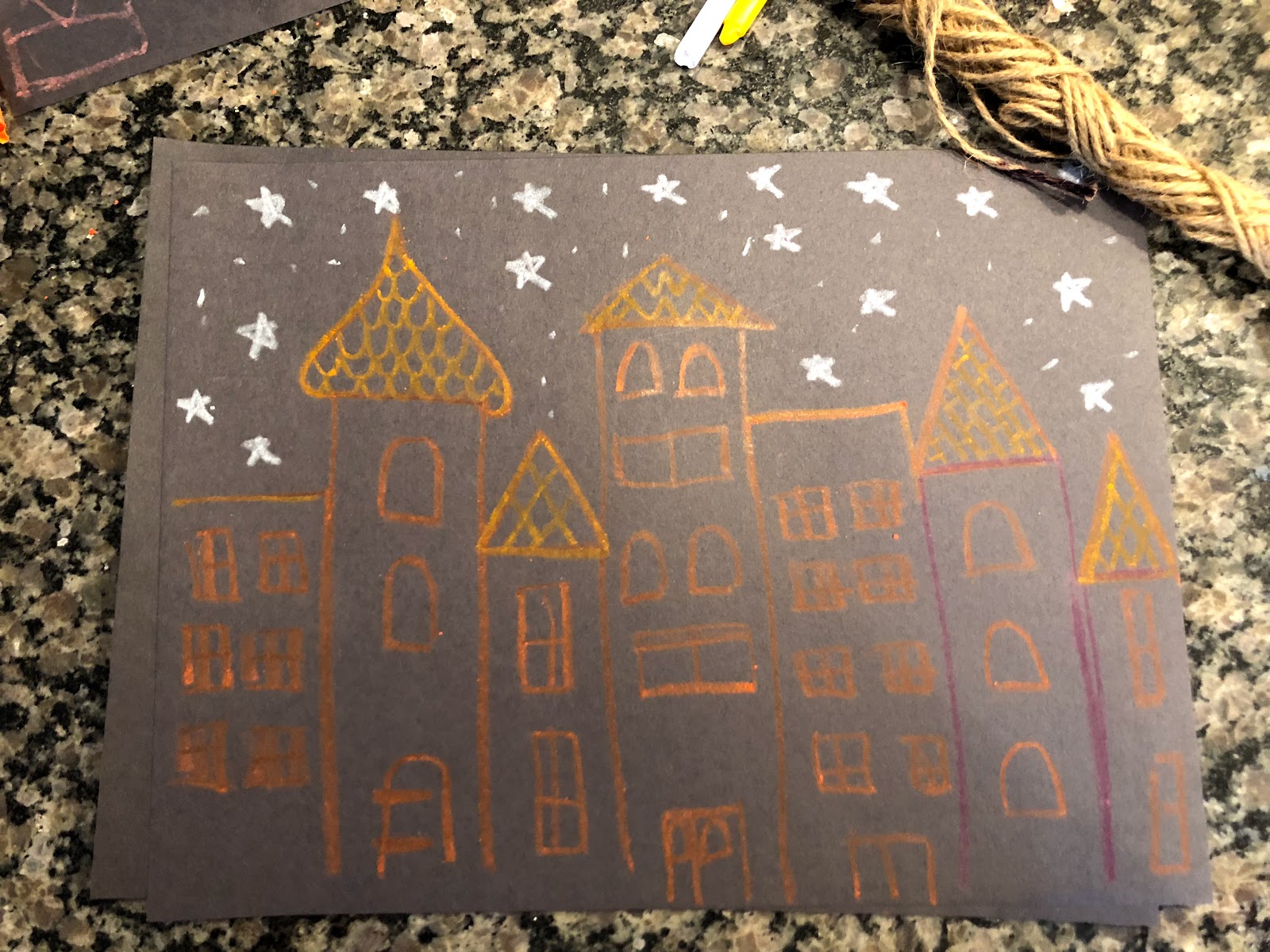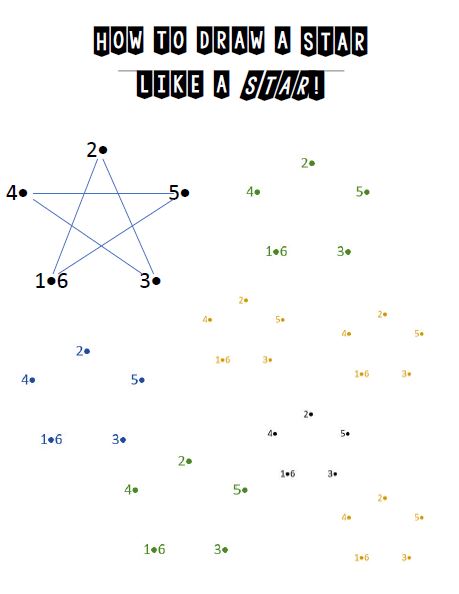Welcome! The following is the 13th in a series of 24 lesson plans, Learning the ABCs through Literature, the 1st year. It was written especially for classroom use within a homeschool co-op, and was designed to teach the alphabet, over the course of a school year, using classic children’s literature. The books are primarily taken from the Five in a Row Curriculum by Jane Lambert, with several others added as well. The plans were designed to give just a little bit more, so it could be more usable within a classroom setting. Teachers’ questions, printables, craft ideas, classroom handouts, etc are included within all the lessons. This is geared towards a K-1st grade class. If you are interested in something similar for older children, the Learning through Literature series is a more developed concept of this same idea, geared towards 1st-3rd, and also uses mostly Five in a Row books. You can find it here, Learning through Literature, the 2nd year.
M: Mirette on the High Wire
What I Need:
- Mirette on the High Wire
- Letter M Handwriting Sheet (printable version here)
- Globe/Map
- Small Beam/Bricks for “high wire”
- Pictures of Niagara Falls
- Crayons
- Mirette and Belinni Cut-outs (printable version here)
- Star Practice – optional (printable version here)
- Blue/Black construction paper
- String
- Glue
Review:
Introduce the Story:
Our Story takes place in Paris, France
- What continent is France in?
- Can we name/find the other 6 continents?
It is based on a real person known as “Blondin” who really did cross Niagara Falls many times. There also was a real man named Bellini who crossed Niagara Falls, but the stunts listed in the book more closely match those done by Blondin. You can see a neat history of early tightrope walkers, here. If you have extra time, these two videos below may be fun to show your class.
How long is it? (1000 feet. More than 3 football fields across)
Show Pictures (or videos)
Read the Story
If you have time, you may want to introduce these new words to the class, or at least take a moment to explain what they mean as you are reading.
- protegee
- agent
- stupendous
- feats
- salute
- hemp
- winch
- vagabond
- retired
- omelet
- trance
Craft: Night Scene in Paris
Give each student a black or navy blue piece of construction paper.
Using crayons, draw a city backdrop, like Paris. Buildings, windows, steeples, chimneys, etc. You can encourage the kids to use simple shapes, rectangle buildings with triangle tops. Rectangle doors and windows. Artsy students could be encouraged to draw a steeple or include other shapes. Encourage the students to keep the buildings in the lower 2/3 of the paper.
Now, using white or yellow crayons, have the students draw stars and a moon in the upper portion of their paper. This is a great time to teach how to draw the 5 pointed star and let the kids practice drawing them over and over. The printable below is a quick and easy way to help them get down the star pattern, using a simple dot-to-dot method.
|
|
| Click here for printable version |
Glue on a piece of string (brown twine works best, as it has a rope like appearance) and the Mirette and Bellini cutouts (below).
 |
| Click here for printable version |
The Final Product:
Handwriting Sheet
 |
| Click here to print |
Click here to return to the Learning the ABC’s through Literature complete booklist and see the general instructions for each lesson.












